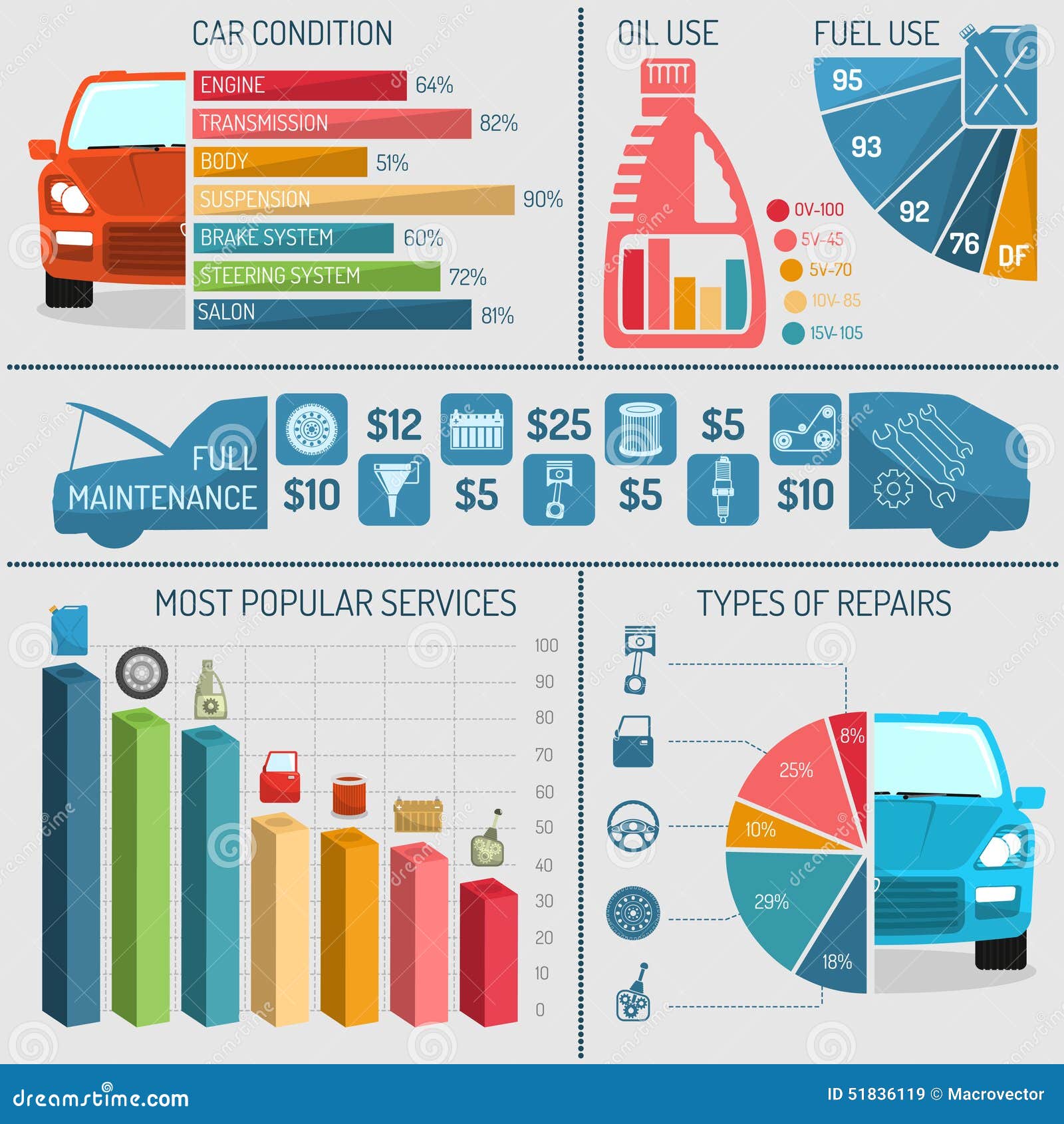Looking For Clearness On The Caution Lights Showed On Your Car'S Dashboard? Find Out How They Relate To Your Car'S Health And Safety
Looking For Clearness On The Caution Lights Showed On Your Car'S Dashboard? Find Out How They Relate To Your Car'S Health And Safety
Blog Article
Material Create By-Lim Torres
When you lag the wheel, those glowing caution lights on your dashboard can be a bit puzzling. Do you know what they're attempting to inform you about your car's wellness? Recognizing the relevance of these lights is essential for your safety and the longevity of your car. So, the next time among those lights turns up, wouldn't you intend to analyze its message precisely and take the needed actions to address it?
Common Caution Lights and Interpretations
Determine usual warning lights in your vehicle and recognize their meanings to make sure safe driving.
The most common caution lights include the check engine light, which signals concerns with the engine or exhausts system. If this light begins, it's critical to have your car checked without delay.
The oil stress advising light suggests low oil pressure, needing instant attention to stop engine damage.
A blinking battery light may recommend a malfunctioning charging system, potentially leaving you stranded otherwise resolved.
source for this article monitoring system (TPMS) light informs you to reduced tire stress, impacting lorry stability and fuel efficiency. Neglecting this might result in hazardous driving conditions.
The abdominal muscle light suggests a problem with the anti-lock braking system, jeopardizing your ability to quit quickly in emergencies.
Lastly, the coolant temperature level advising light warns of engine overheating, which can cause extreme damages otherwise settled promptly.
Recognizing these typical caution lights will aid you attend to issues immediately and maintain secure driving problems.
Importance of Prompt Attention
Understanding the common caution lights in your vehicle is just the primary step; the importance of quickly attending to these warnings can't be emphasized sufficient to guarantee your safety on the road.
When a warning light brightens on your control panel, it's your vehicle's means of connecting a prospective problem that requires interest. Disregarding these warnings can cause a lot more severe troubles down the road, compromising your safety and security and possibly costing you much more in repairs.
Prompt attention to cautioning lights can prevent failures and mishaps. As an example, a flashing check engine light can indicate a misfire that, if left unattended, can create damages to the catalytic converter. Addressing get redirected here can conserve you from a costly repair work.
Likewise, a brake system alerting light might signify reduced brake liquid or used brake pads, vital components for your security when driving.
DIY Troubleshooting Tips
If you notice a warning light on your control panel, there are a couple of DIY troubleshooting ideas you can attempt before looking for specialist help.
The primary step is to consult your automobile's manual to recognize what the details caution light indicates. In some cases the issue can be as straightforward as a loosened gas cap triggering the check engine light. Tightening the gas cap might deal with the trouble.
Another usual issue is a low battery, which can cause numerous advising lights. Examining the battery connections for deterioration and ensuring they're safe could take care of the issue.
If a warning light continues, you can attempt resetting it by disconnecting the cars and truck's battery for a couple of mins and then reconnecting it. In addition, checking your automobile's liquid levels, such as oil, coolant, and brake fluid, can help repair advising lights connected to these systems.
Conclusion
To conclude, recognizing your cars and truck's warning lights is necessary for maintaining your vehicle running smoothly and safely. By quickly attending to these signals and understanding what they indicate, you can prevent expensive repairs and potential breakdowns.
Keep in mind to consult your cars and truck's manual for certain information on each cautioning light and take action appropriately to ensure a trouble-free driving experience.
Remain informed, remain safe on the road!
